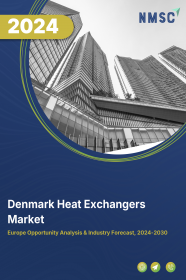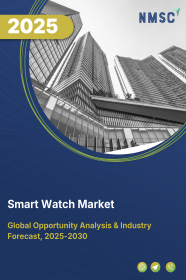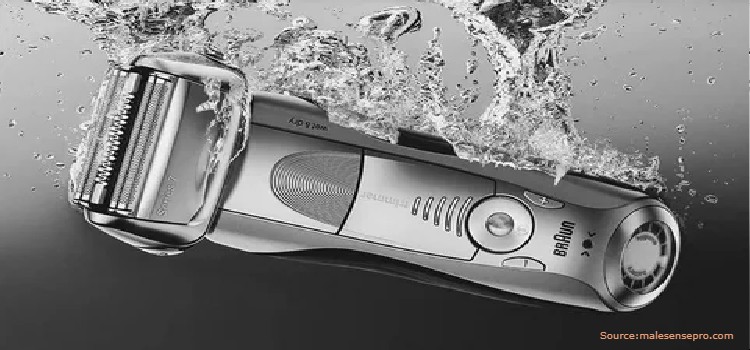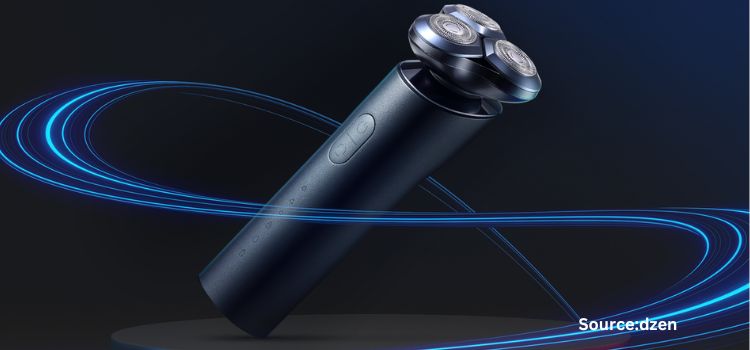
Denmark Heat Exchangers Market by Type (Shell & Tube, Plate & Frame, Air Cooled, and Others), by Material (Metals, Alloys, and Brazing-CLAD), and by End User (Chemical, Energy & Power, Heating, Ventilation, Air Conditioning, and Refrigeration (HVACR), Food & Beverage, Pulp & Paper, and Others)– Opportunity Analysis and Industry Forecast, 2024–2030
Industry: Retail and Consumer | Publish Date: 03-Dec-2024 | No of Pages: 118 | No. of Tables: 86 | No. of Figures: 51 | Format: PDF | Report Code : RC1544
US Tariff Impact on Denmark Heat Exchangers Market
Trump Tariffs Are Reshaping Global Business
Market Overview
The Denmark Heat Exchangers Market size was valued at USD 74.8 million in 2023, and is predicted to reach USD 121.9 million by 2030, with a CAGR of 6.6% from 2024 to 2030.
Heat exchangers, engineered devices transferring heat between fluids without direct contact, find extensive use across industrial, commercial, and residential sectors, including HVAC systems and refrigeration units, for efficient fluid or air heating or cooling. Operating by enabling heat to traverse a barrier, including a solid wall or a series of plates or tubes, they perform tasks such as heating water in a boiler or cooling air in an air conditioning system. Available in various designs tailored to specific needs, ranging from simple radiator coils to complex systems found in chemical processing plants and power generation facilities, they play a vital role in multiple industries and applications.
They regulate air temperature in buildings, facilitate steam production in power plants, control temperatures during chemical reactions, and aid in food processing, among other uses. Additionally, they are indispensable components in automotive cooling systems and have widespread applications in aerospace, marine, and wastewater treatment industries, contributing significantly to efficient thermal management and energy transfer.
Stringent Government Regulations Regarding Energy Efficiency Boost Market Expansion
Stringent government regulations regarding energy efficiency serve as a catalyst for market expansion. With governments worldwide implementing stricter guidelines to mitigate climate change and reduce energy consumption, there's a growing emphasis on enhancing energy efficiency across industries.
These regulations often incentivize businesses to adopt energy-efficient technologies including heat exchangers to meet compliance requirements and lower operational costs. As a result, the heat exchangers market experiences an upsurge in demand as businesses seek innovative solutions to adhere to regulatory standards while improving sustainability efforts.
Growing Demand for Renewable Energy Drives Denmark’s Market Expansion
The growing demand for renewable energy is a significant driver behind Denmark's market expansion in heat exchangers. As Denmark continues to prioritize sustainability and reduce its reliance on traditional energy sources, there is a surge in the adoption of renewable energy solutions such as wind and solar power.
Heat exchangers play a crucial role in renewable energy systems by efficiently transferring heat in various applications, including solar thermal systems and biomass power plants. This increasing demand for renewable energy technologies fuels the need for advanced heat exchangers solutions, driving market expansion in Denmark.
High Installation and Maintenance Costs Restrain Market Growth
High installation and maintenance costs act as a significant restraint on market growth. The initial investment required for installing heat exchangers, along with ongoing maintenance expenses, poses challenges for potential buyers. These costs can deter organizations from adopting heat exchangers, particularly in sectors with budget constraints or cost-sensitive environments.
Additionally, the complexity involved in installation and maintenance can further elevate the overall expenses, making it less appealing for businesses to invest in heat exchangers technology. As a result, the market may experience slower growth rates as organizations weigh the upfront costs against the long-term benefits of adopting heat exchangers.
Advancements in Cutting-Edge Materials and the Rising Trend of Industry 4.0 Create a Market Opportunity
Advancements in cutting-edge materials, such as graphene, carbon nanotubes, and advanced ceramics, coupled with the rising trend of Industry 4.0, are creating significant market opportunities in the heat exchangers sector. These materials offer enhanced thermal conductivity, corrosion resistance, and lightweight properties, making them ideal for improving the efficiency and performance of heat exchangers.
Industry 4.0 technologies, including IoT (Internet of Things), artificial intelligence, and automation, enable real-time monitoring, predictive maintenance, and optimization of heat exchanger systems. This leads to increased energy efficiency, reduced downtime, and lower operating costs for industries across various sectors such as automotive, chemical, HVAC, and aerospace.
As a result, there is a growing demand for innovative heat exchanger solutions that leverage advanced materials and Industry 4.0 technologies to meet the evolving needs of modern manufacturing processes. This presents a lucrative market opportunity for companies involved in the design, manufacturing, and distribution of heat exchangers and related technologies.
Competitive Landscape
Several market players operating in Denmark’s heat exchangers market include Alfa Laval AB, Johnson Controls International plc, Carrier Global Corporation, Lennox International Inc., Trane Technologies plc, API Heat Transfer Inc., Kelvion Holding GmbH, Xylem Inc., Danfoss Group, and General Electric Company among others. These companies are adopting various strategies such as product launches to remain dominant in the heat exchangers market.
Key Market Segments
By Type
-
Shell & Tube
-
Fixed Tube Heat Exchangers
-
U-Tube Heat Exchangers
-
Floating Head Heat Exchangers
-
Other Shell & Tube Heat Exchangers
-
-
Plate & Frame Heat Exchangers
-
Gasketed Plate & Frame Heat Exchangers
-
Welded Plate & Frame Heat Exchangers
-
Brazed Plate & Frame Heat Exchangers
-
Other Plate & Frame Heat Exchangers
-
-
Air Cooled
-
Forced Draft Heat Exchangers
-
Induced Draft Heat Exchangers
-
-
Others
By Materials
-
Metals
-
Alloys
-
Brazing-CLAD
By End User
-
Chemical
-
Energy & Power
-
HVACR
-
Food & Beverage
-
Pulp & Paper
-
Others
Key Players
-
Alfa Laval AB
-
Johnson Controls International plc
-
Carrier Global Corporation
-
Lennox International Inc.
-
Trane Technologies plc
-
API Heat Transfer Inc.
-
Kelvion Holding GmbH
-
Xylem Inc.
-
Danfoss Group
-
General Electric Company
REPORT SCOPE AND SEGMENTATION:
|
Parameters |
Details |
|
Market Size in 2023 |
USD 74.8 Million |
|
Revenue Forecast in 2030 |
USD 121.9 Million |
|
Growth Rate |
CAGR of 6.6% from 2024 to 2030 |
|
Analysis Period |
2023–2030 |
|
Base Year Considered |
2023 |
|
Forecast Period |
2024–2030 |
|
Market Size Estimation |
Million (USD) |
|
Growth Factors |
|
|
Companies Profiled |
10 |
|
Market Share |
Available for 10 companies |
|
Customization Scope |
Free customization (equivalent up to 80 working hours of analysts) after purchase. Addition or alteration to country, regional, and segment scope. |
|
Pricing and Purchase Options |
Avail customized purchase options to meet your exact research needs. |

















 Speak to Our Analyst
Speak to Our Analyst





















